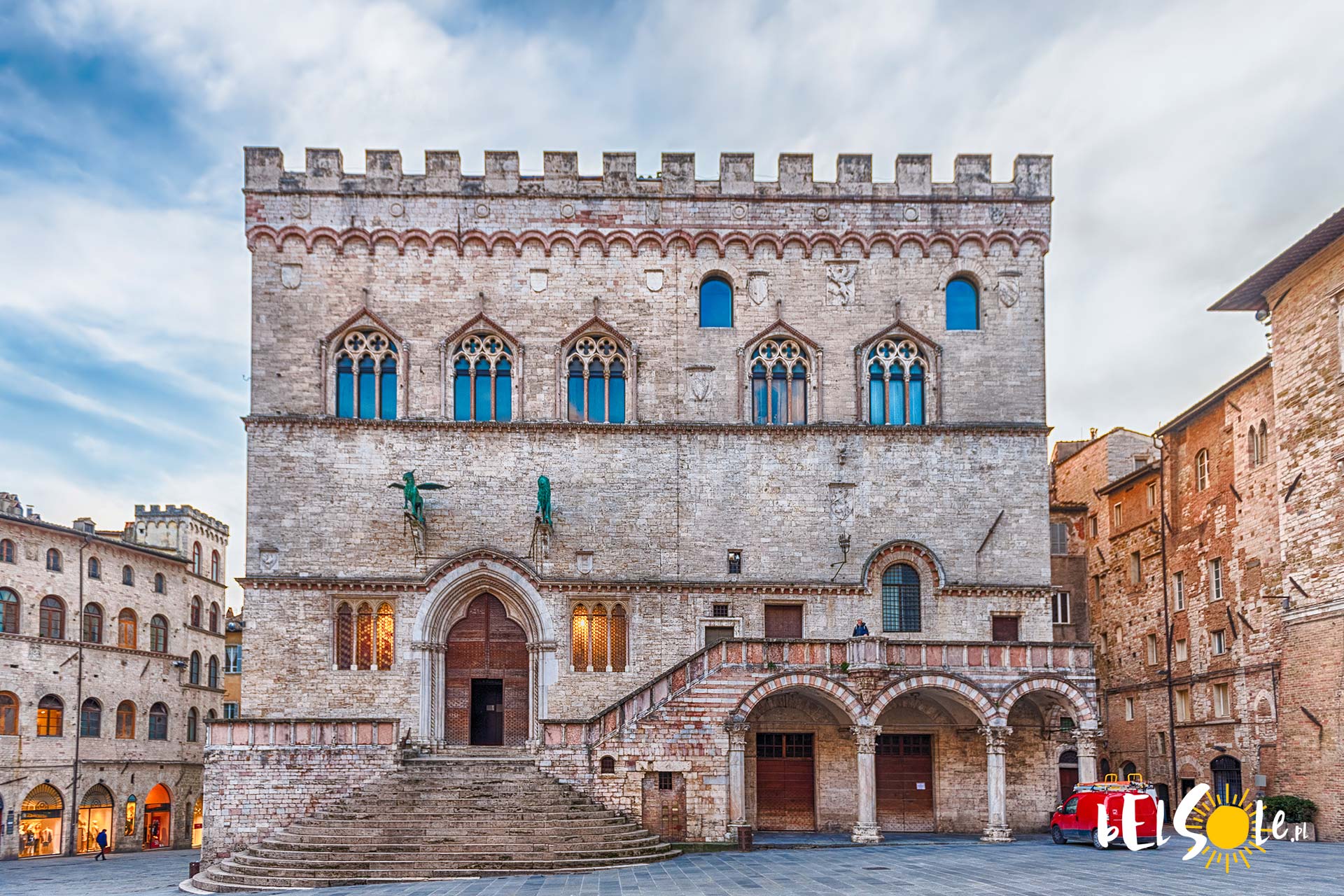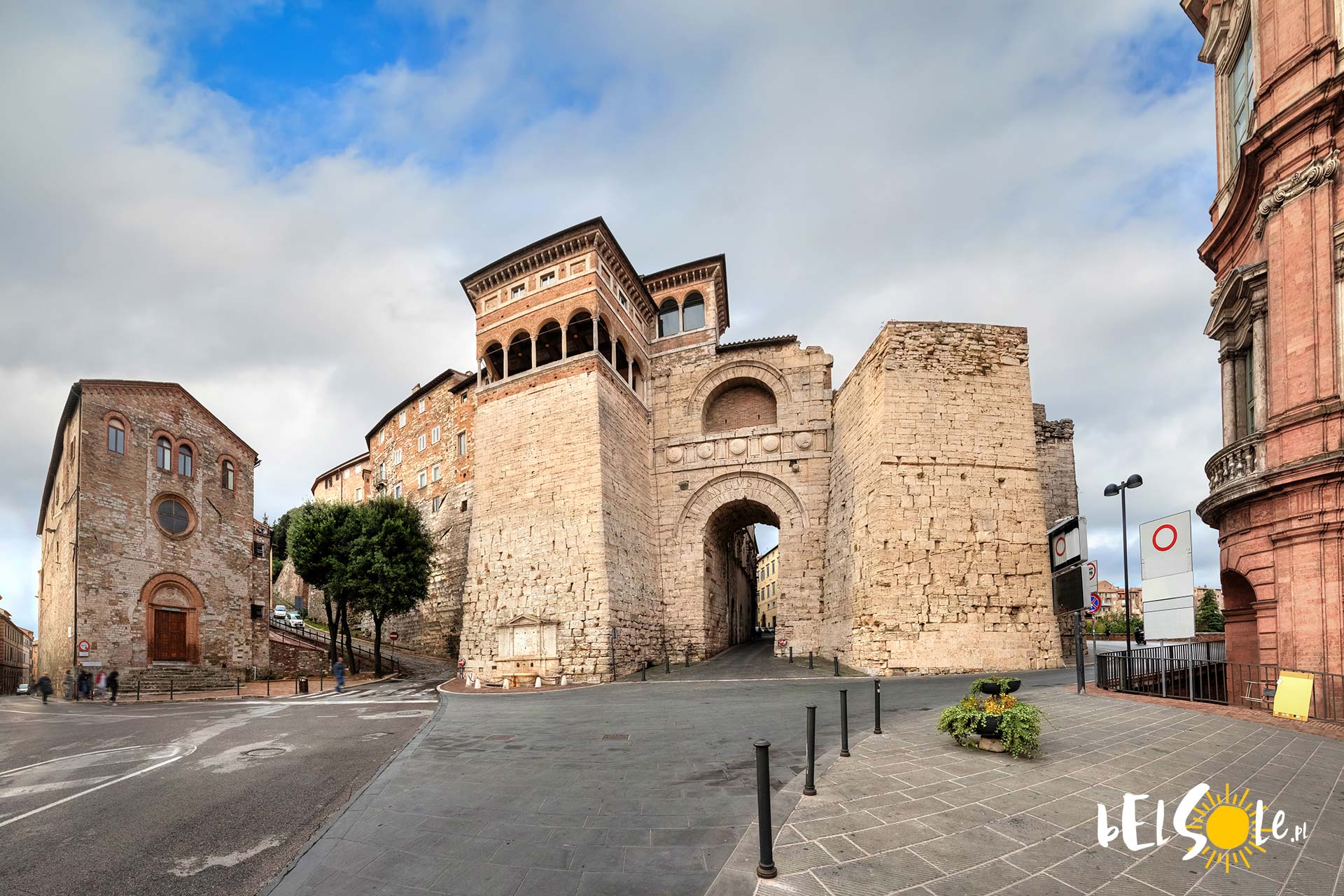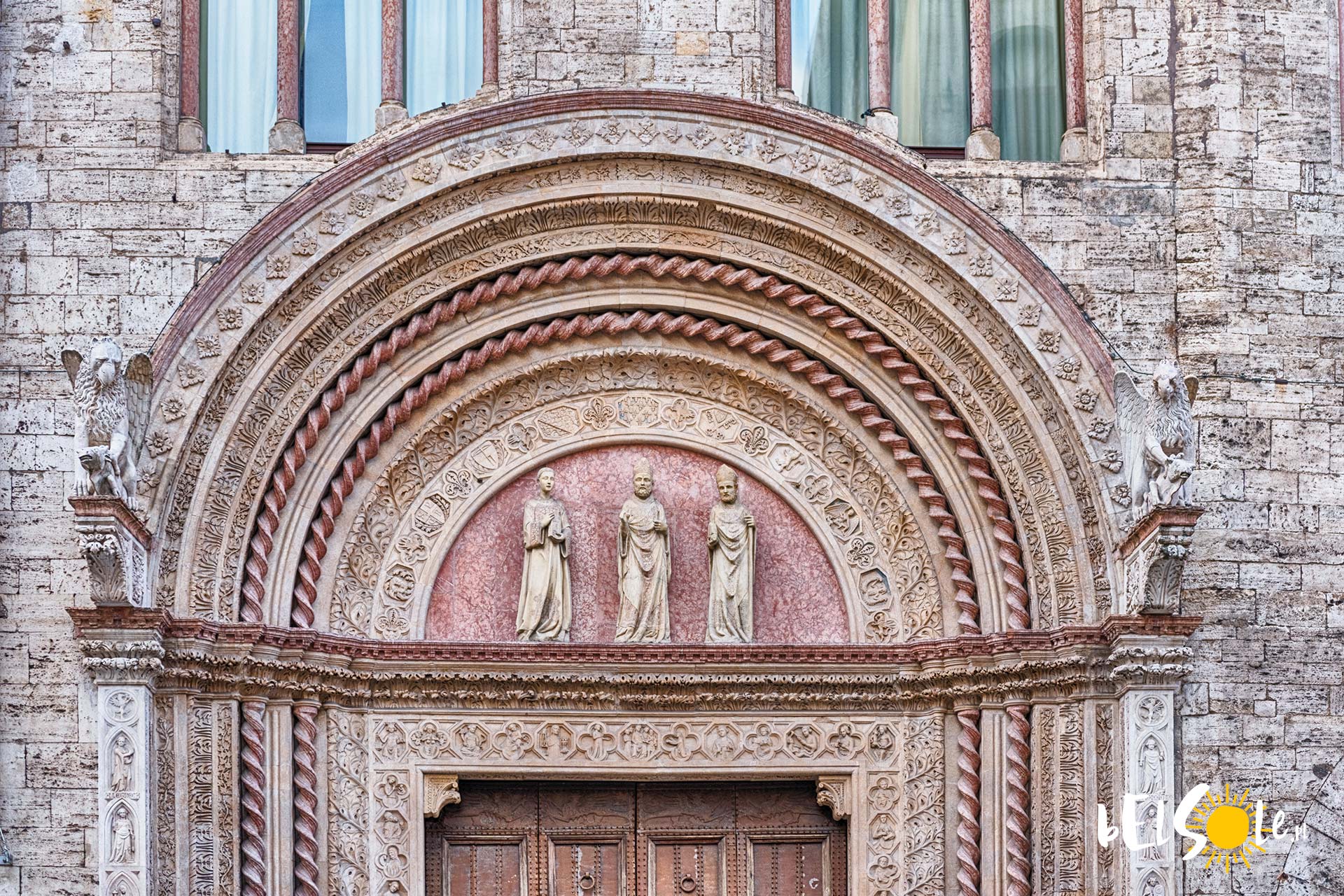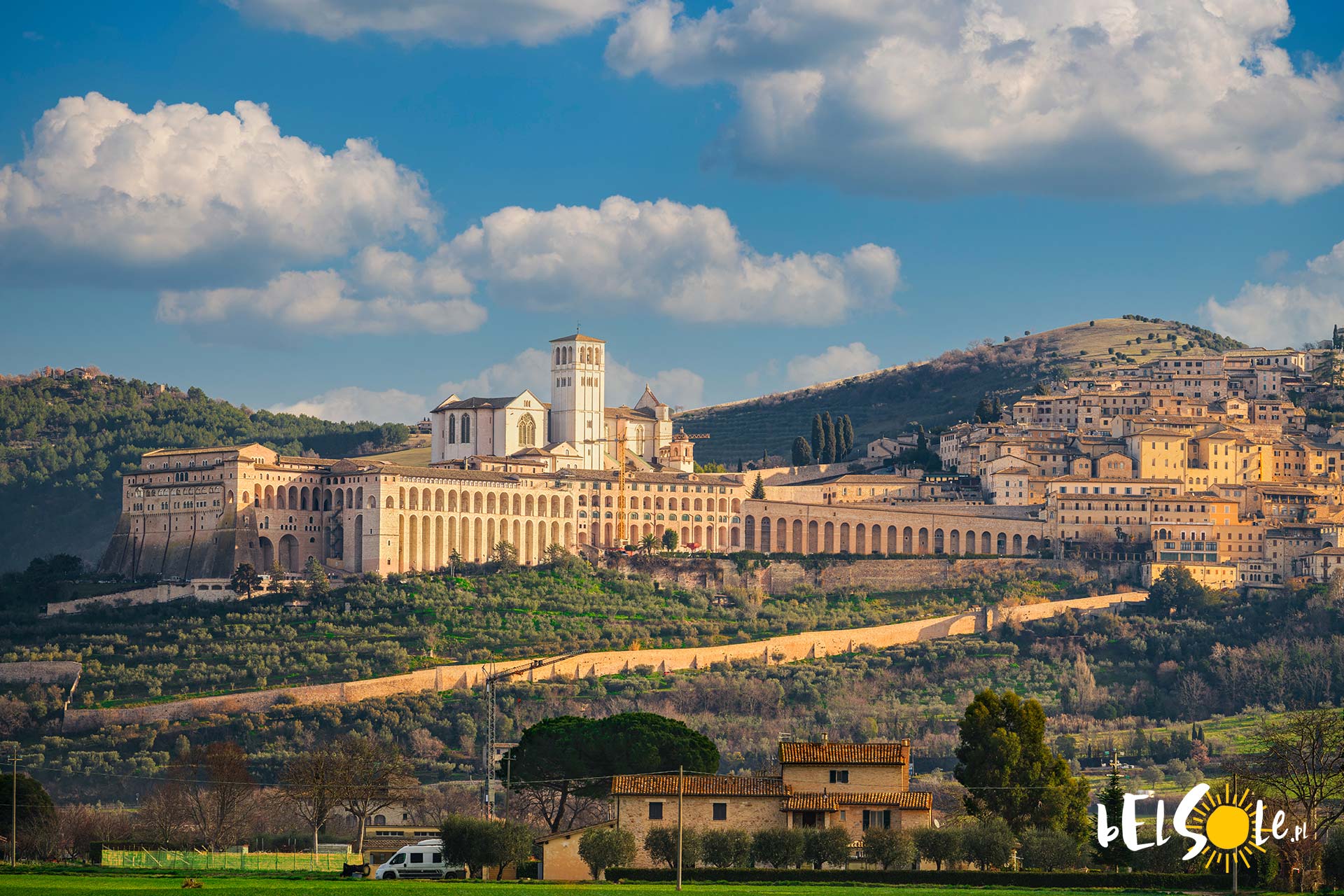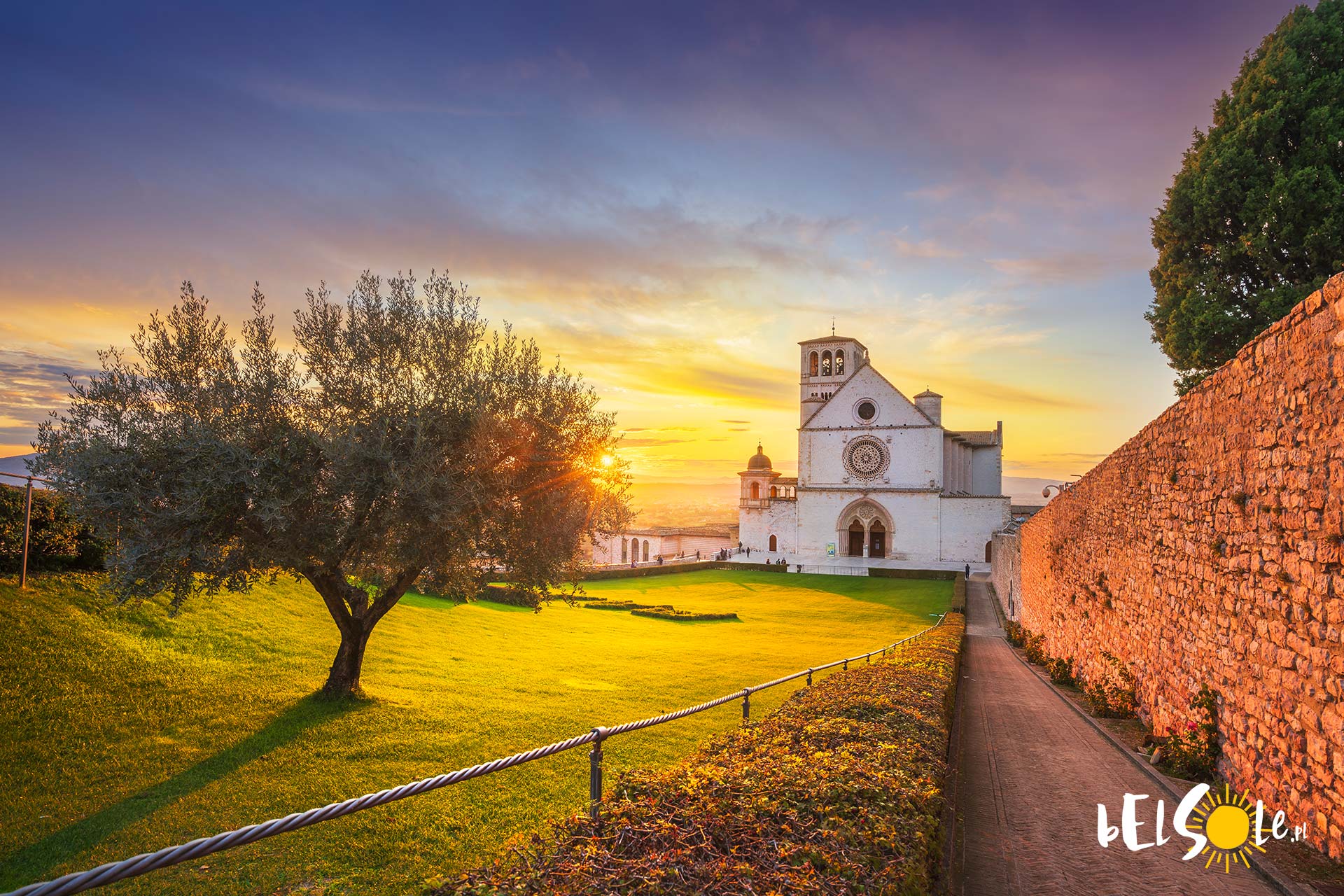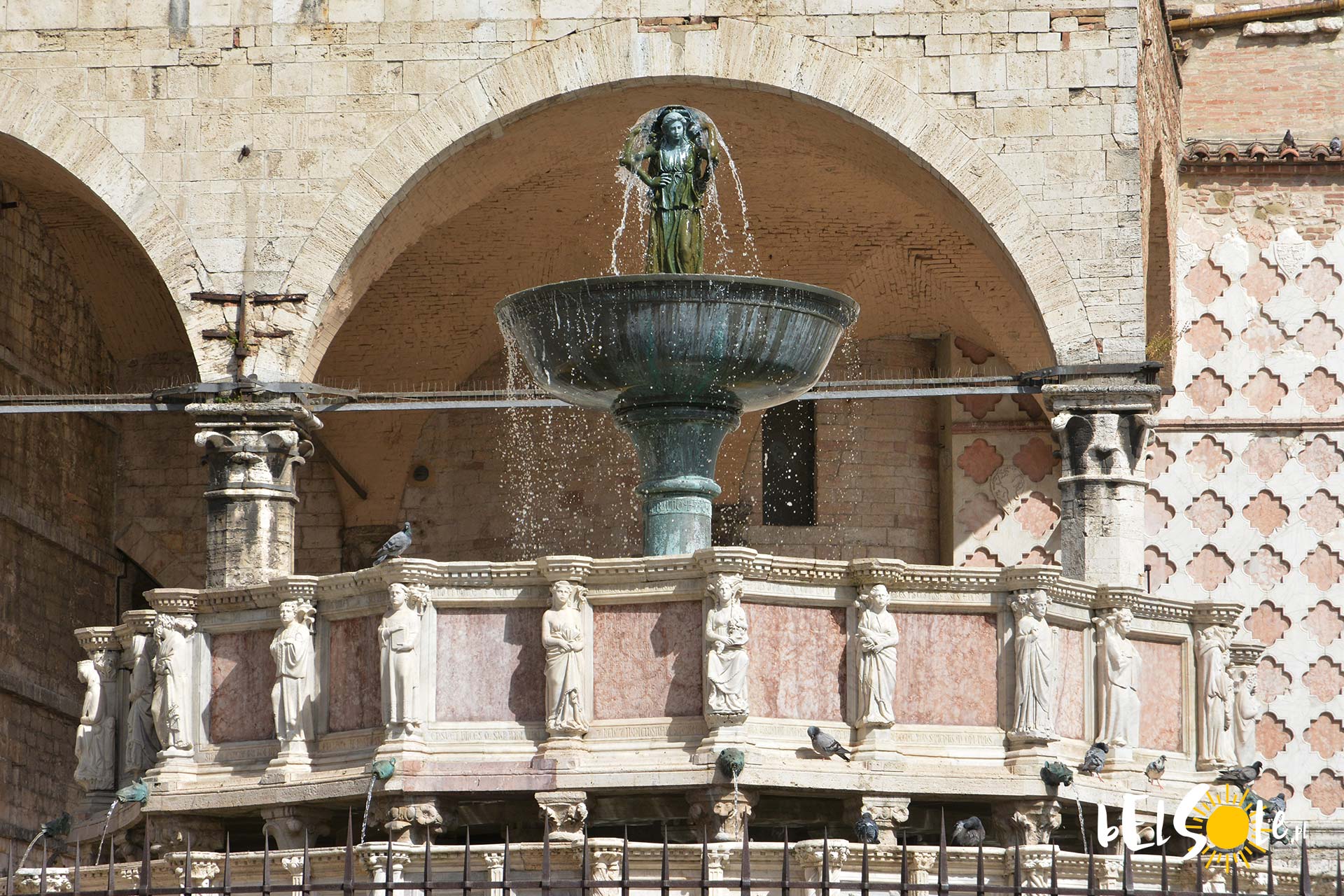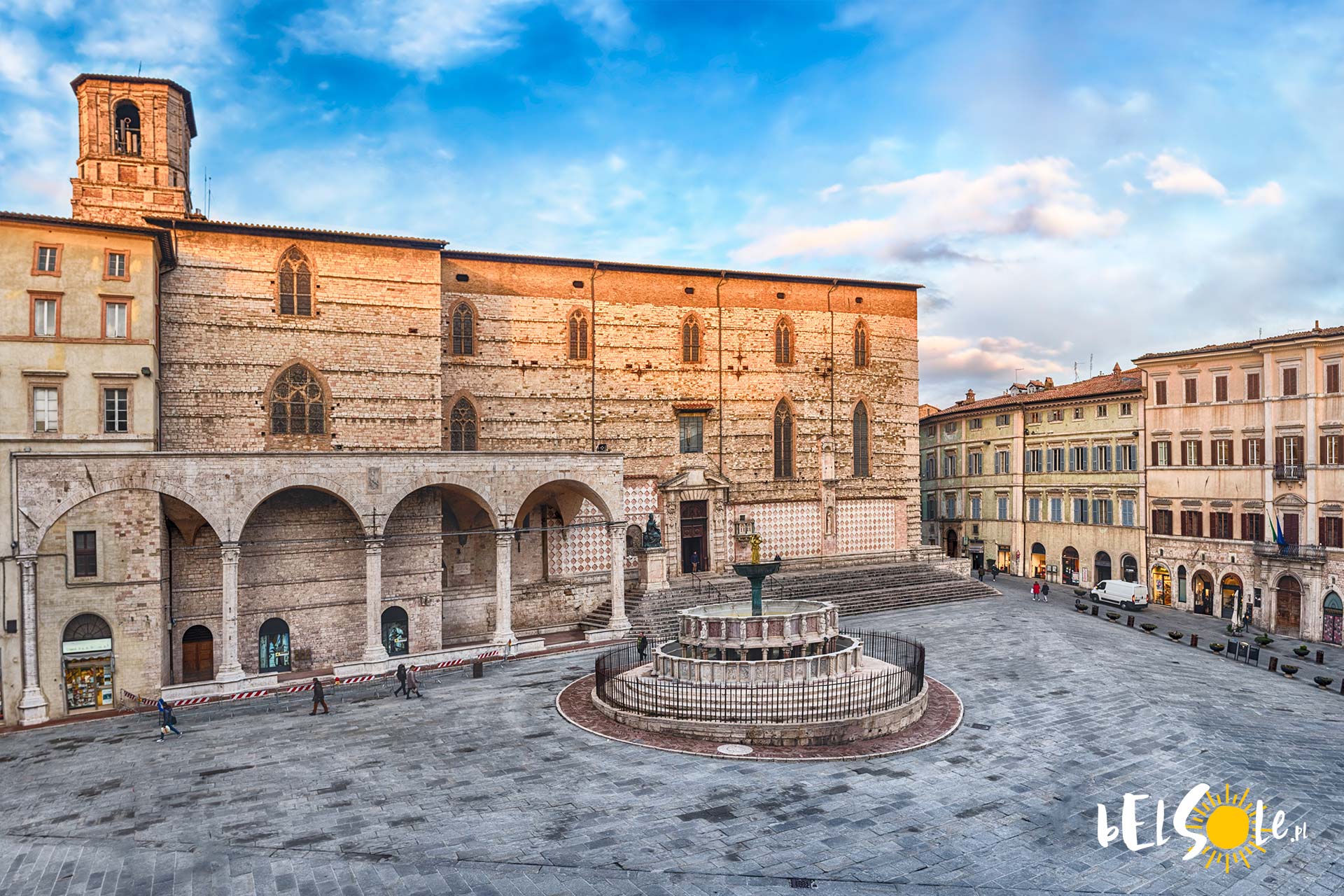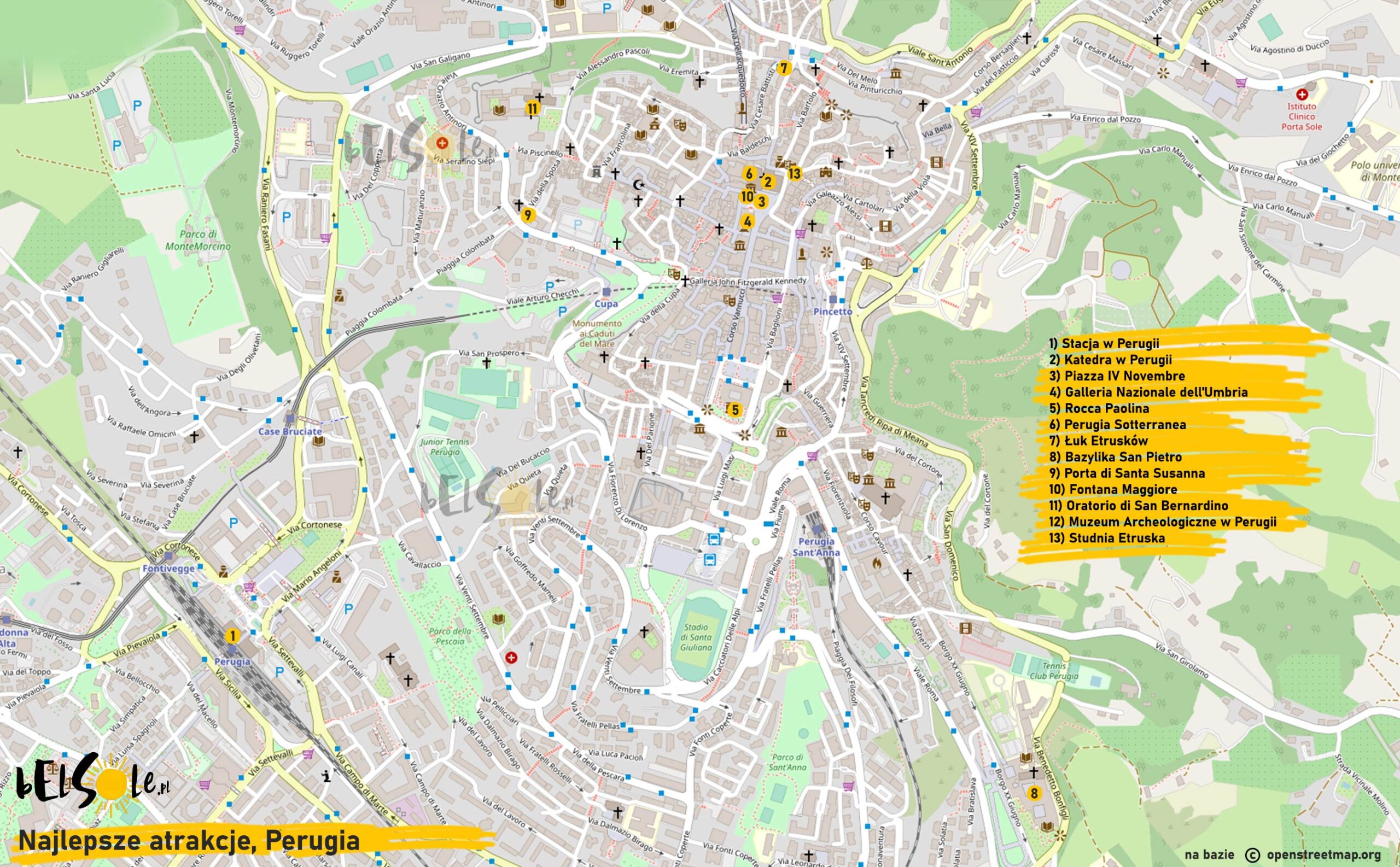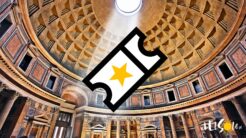Perugia is a largely underappreciated city in Italy. It’s a shame, for it has so much to offer. So much so that we decided to dedicate today’s post to all the various sights you can find in Perugia. Are you looking for things to do in Perugia? Here’s your to-do list.
What to see in Perugia?
Exploring the Old Town
Even though we have to compare the city to the rest of Italy, a country so rich in monuments and history, Perugia still holds its ground very well. Though it’s not quite as well known as Rome, Milan, Venice or Bari, we’ll try to convince you today that it’s certainly a worthwhile place to visit.
It’s not a large city per se, with about 161,000 inhabitants. Though the old town is not particularly large, it offers quite a bit, including monuments dating back to the times of the Etruscans. Most of the notable places in Perugia are located in the old town area, so you can get everywhere by foot. We’ve also included a few places in our list that dwell outside of Perugia but are so close that you can include it in your stay in Perugia. These include Assisi, which you may already be familiar with, and the beautiful lake Trasimeno. Before we get to that, though, let’s take a look at Perugia itself.
Rocca Paolina
Perugia’s top attraction
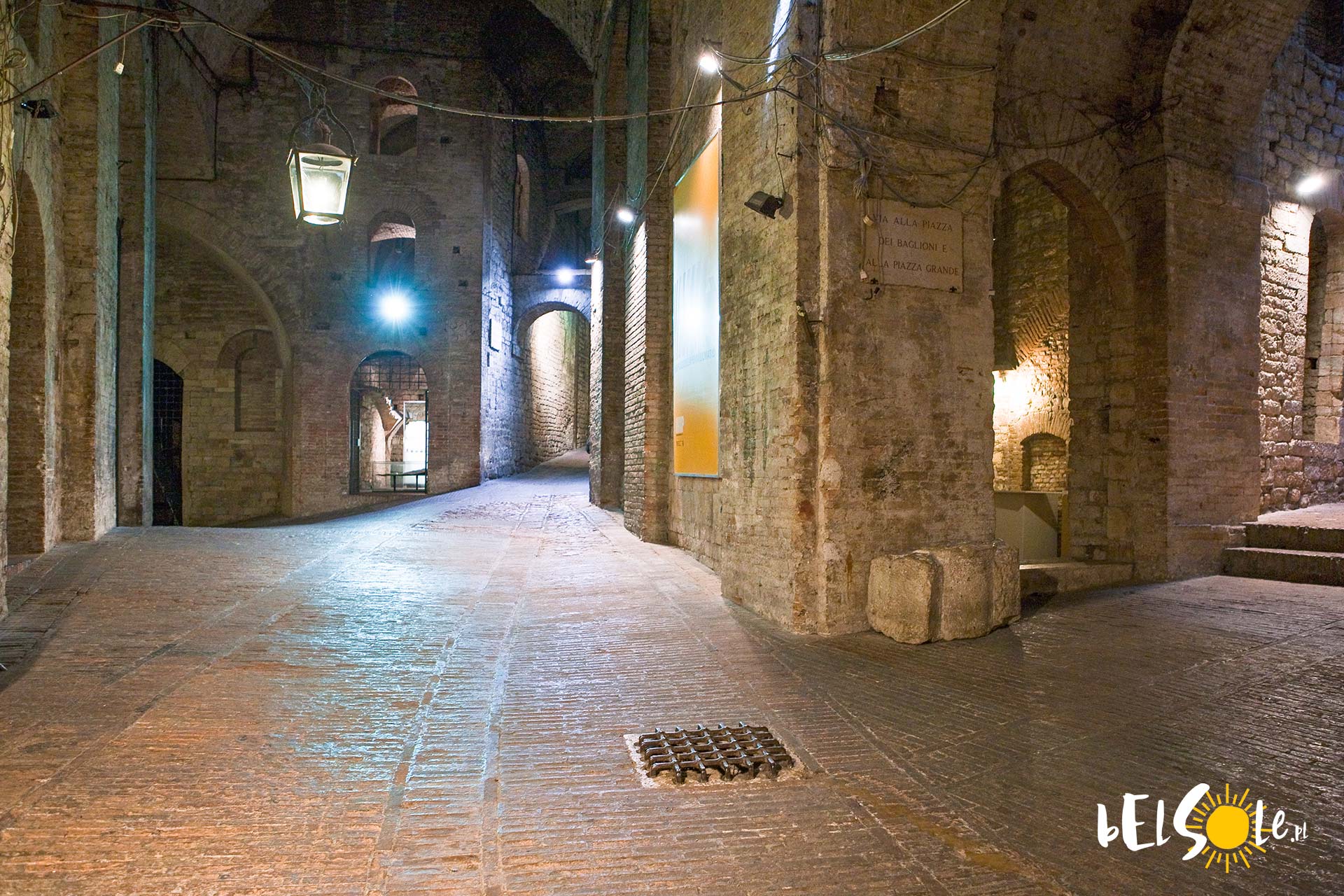
Rocca Paolina is one of Perugia’s most famous attractions. It’s a fortress in the city centre, built in 1543. It was actually completed in merely three years, as per the design of Antonio da Sangallo the Younger. It was an important part of Perugia’s defences, though much of the city had to be destroyed during its construction. Rocca Paolina was then destroyed in 1861 after being annexed by the Kingdom of Italy. Today, what remains of it is mostly the underground – which actually has its own streets and buildings, like an underground city. It’s free to visit and we’d certainly mark it as a must-see.
The Etruscan Arch
Arch of Augustus
One of the oldest monuments in Perugia. The Etruscan Arch is also known as the Augustus Gate or the Arch of Augustus. It was built around the second half of the third century BC and renovated by Augustus in 40 BC. Once, it was part of the defence of ancient Perugia. Today, it marks a beautiful remnant of the bygone past. The arch and gate consist of an entrance with an arched vault and two asymmetrical towers on the sides.
Above the entrance, you are greeted by an inscription with the name of the city from ancient times: Augusta Perusia.
Basilica of San Pietro
Basilica in Perugia

This is both a historic monument and a sacred building, built around 996. It’s one of the two most important churches in perugia. It’s possible that, before it, there were Roman/Etruscan temples in its location and the site itself is likely from the 4th century. It was burnt down by inhabitants of Perugia in 1398 for the fact that the abbot took part in the conspiracy against the leader of a party in Perugia. Rebuilding it to the state that you can witness today started quite a while afterwards, in 1591.
You can approach the Basilica from another famous city gate, the Porta San Pietro. The interior is lavishly decorated and full of artwork. You can find beautiful frescos, such as the one with Saint George fighting a dragon. It can also act as a great vantage point of Umbria.
Inside, you can also enter the shop and buy local Umbrian food products.
Porta di Santa Susanna and other city gates
Monuments of Perugia
Another city gate, located in the western part of the old town of Perugia. It connects ‘via della Sposa’ and the ‘Piaggia Colombata’. It creates a very charming entrance to the city alongside Chiesa di Sant’Andrea. It’s also an architectural treat in and of itself.
The other gateways to the old town of Perugia are also worth seeing.
Piazza IV Novembre
The main square in Perugia

This is Perugia’s main historic square – in addition to the many restaurants and cafes, there are many attractions in and around the square itself. These include the giant Fontana Maggiore, Perugia Cathedral and the Palazzo dei Priori. You can also find a statue of Pope Julius III in front of the cathedral. On the south side, the square turns into Corso Pietro Vannucci, the commercial heart of the city.
Perugia Sotterranea
The Underground of Perugia
Near the cloister of the cathedral, you will find the entrance to the Perugia Sotterranea, or the underground of Perugia. A fascinating place where you will learn about the history of the city, reaching all the way back to the 6th century BC. You will find many old buildings and structural elements of temples and city structures here.
A ticket to Perugia Sotterranea costs €10 – the site is visited with a guide (tours start every hour or so).
Galleria Nazionale dell’Umbria
Palazzo dei Priori
The Palazzo dei Priori houses the largest art gallery in Perugia and Umbria, the Galleria Nazionale. Here, you can find many important works of art of Italian painters and sculptors, including the Polyptych of Saint Anthony, the Adoration of the Magi (Pietro Perugino) and the Crucifix of Perugia by Maestro di San Francesco. The museum is open daily in the high season from 8:30am to 7:30pm (Mondays from 12pm). Tickets to the Galleria Nazionale dell’Umbria cost €10.
Parco Regionale del Lago Trasimeno
Lake Trasimeno near Perugia
If you don’t mind a trip out of town and you’re into beautiful natural spots, then we highly recommend Lake Trasimeno and the regional park close by. It’s easy to get to by both car and train. The journey by car to San Feliciano or Torricella takes between 20-30 minutes. Train will take about 35 minutes. As for the lake itself, we recommend a ferry ride to Isola Maggiore from Passignano, Tuoro Punta or Castiglione. There’s also the ferry to Isola Polvese from San Feliciano. Ferry fares range from €4,20 to €5,80 one-way or €6-€9 for a round trip. Additionally, there are many hiking trails around the lake.
Trip to Assisi
What to do near Perugia?
It’s also very easy to get to a sacred gem of Umbria – Assisi. It’s located 15 miles away from the centre of Perusia. The city of St Francis has plenty of beautiful sights and monuments waiting to be discovered. It’s certainly worth the drive.
How long a drive? About 30 minutes by car, so not too bad. You can also travel 22 minutes by train and take a bus to Assisi from the station.
Fontana Maggiore
A fountain and monument in Perugia
The Maggiore Fountain is located in Piazza IV Novembre and was designed by Fra Bevignate da Cingoli. It was built between 1275 and 1278, made of Assisi stone, marble and bronze. This fountain is a symbol of the city of Perugia. Its exquisite decoration adds variety to the structure – it consists of two main cups of stone and one of bronze decorated with statues of nymphs.
We recommend taking a walk around the fountain to admire all the bas-reliefs decorating it. The lower bowl represents the months, with the appropriate zodiac sign and a scene associated with each season. The upper bowl is for mythical, historical and biblical scenes.
Perugia Cathedral
Cattedrale Metropolitana di San Lorenzo
This is another venue in Piazza IV Novembre. This gothic Cathedral of Perugia was theoretically completed in 1490, though some parts remain unfinished today. This cathedral faces sideways to the piazza, which is somewhat of a departure from the norm in large Italian cities. Characteristic elements visible from the square are the loggia, the mosaic wall and the statue of Pope Julius III.
The interior is the traditional 3 naves on a cruciform plan – it is also richly decorated, especially the vaults, the presbytery and the Chapel of the Ring. This last one houses a relic, the Holy Ring made of onyx which belonged to the Virgin Mary – supposedly.
Chiesa di San Michele Arcangelo
Church in Perugia
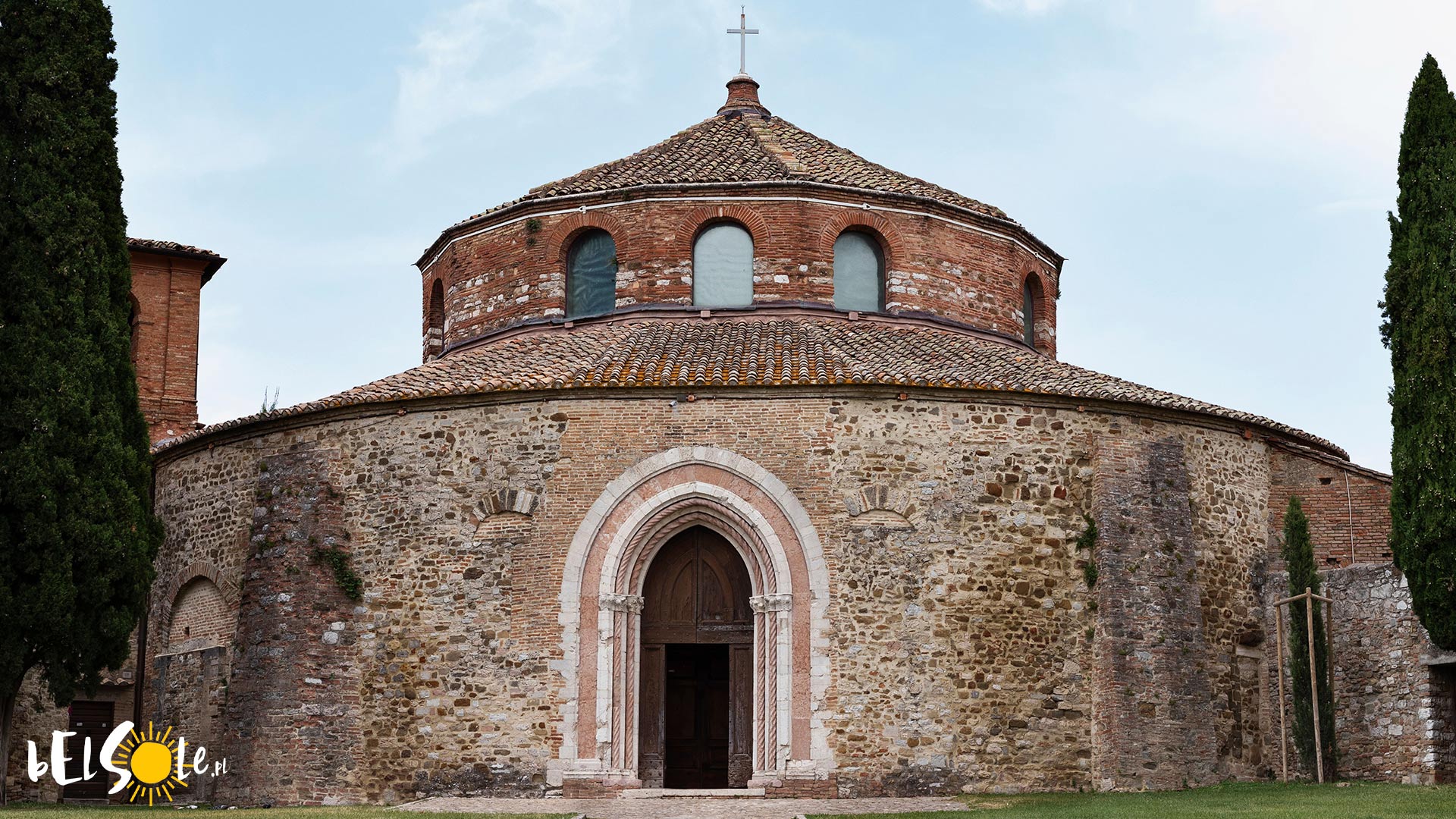
This circular temple is dedicated to the Archangel Michael. Its first form was built as early as the 5th century AD on the plan and site of an unspecified Roman temple. Over the years it has been destroyed and rebuilt – today its form is modest and simple, without many details. Which does not, of course, mean that it’s not charming and unique.
Oratorio di San Bernardino
A monument of Perugia
It’s no large temple, but it’s very beautifully decorated. The oratory is located at the Chiesa di San Francesco al Prato. We recommend coming up here at your leisure to visit the church and admire the façade designed by Agostino di Duccio in 1461.
Archaeological Museum
Perugia Museum
The Archaeological Museum is located in the old convent of San Domenico in the city centre. It’s the perfect place for when you want to learn about the past of Perugia and Umbria, and especially the Etruscan times. You’ll also find a pair of belvederes next to the museum to admire the surrounding hills.
The Etruscan Well
An attraction in Perugia
The Etruscan Well is located right next to Perugia’s Cathedral and Piazza IV Novembre in Palazzo Sorbello. At its widest point, it is 5.7 metres wide and 37 metres deep. There is a small bridge at the bottom where you can descend to admire how large the structure is. Before going down, be sure to watch the film in the basement of Palazzo Sorbello.
A ticket to see the Etruscan well costs €3.
Perugina chocolates
What to eat and buy in Perugia?
Perugia’s main export when it comes to sweets is Perugina chocolates. In the city, you can even visit the Perugina factory at Viale S.Sisto – but it’s a bit far from the centre. You’ll find plenty of shops in Perugina selling local chocolates (for example, on Corso Pietro Vannucci 101). You can buy yourself a bag, we don’t judge.
Map of Perugia’s attractions
What to see in Perugia?
1) Perugia Station
2) Perugia Cathedral
3) Piazza IV Novembre
4) Galleria Nazionale dell’Umbria
5) Rocca Paolina
6) Perugia Sotterranea
7) Etruscan Arch
8) Basilica of San Pietro
9) Porta di Santa Susanna
10) Fontana Maggiore
11) Oratorio di San Bernardino
12) Perugia Archaeological Museum
13) Etruscan Well
See also:



